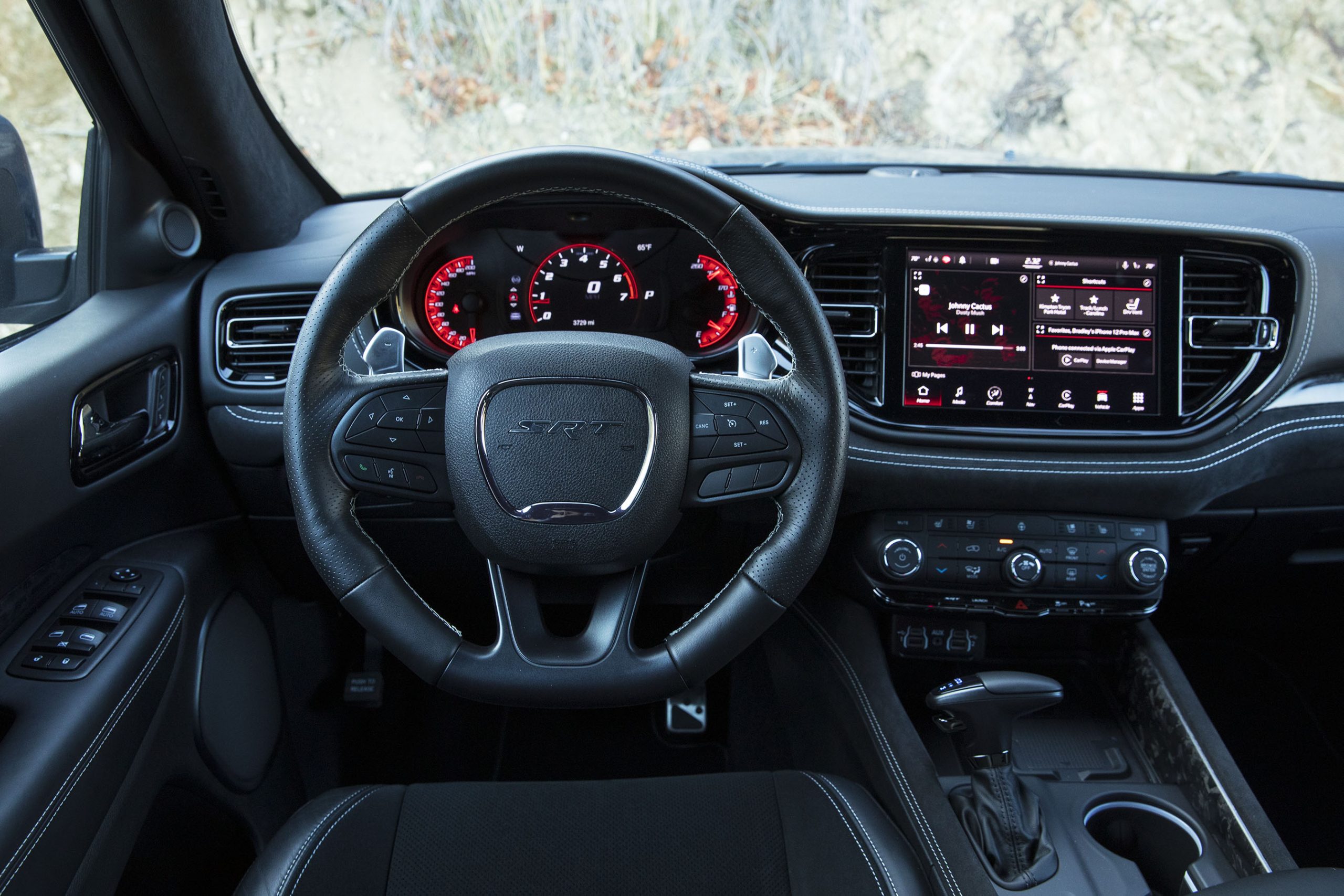
Infotainment systems have been a common sight in new passenger vehicles for well over a decade, but many automakers are only now realizing just how important these devices really are. For drivers who have embraced the always-connected lifestyle, it's undoubtedly the vehicle technology they'll directly interact with the most. As such, the features, performance, and user experience provided by these systems can have far-reaching implications for customers' overall impression of their automobiles.
It's something Stellantis has been well aware of for some time now. Back in 2003, Chrysler Group was the first North American automaker to offer Bluetooth technology in its vehicles, laying the groundwork for what would eventually become Uconnect 1.0.
In the years since, Uconnect has gone on to become one of the standard-bearers for OEM infotainment. Often at the forefront of emerging connectivity options and software integration, Uconnect has regularly been praised for its responsive performance and robust feature set—both key struggling points for many manufacturers back in infotainment's early years. The Uconnect ecosystem would continue to mature with the launch of 3.0 in 2013 and 4.0 in 2016, the latter being one of the earliest to adopt Apple CarPlay and Android Auto in a wide breadth of vehicles across various market segments.
Early adoption isn't without its risks, though—something the Uconnect team learned the hard way in 2015. Hacking still remains an ongoing concern for many motorists, but Stellantis said that it is committed to the safety and security of its vehicles. "We continue to implement a strong defense-in-depth security strategy to protect our customers and secure our products and enterprise from unauthorized access, including potential cyber attacks," it said.
Uconnect 4 has further evolved in the years since its debut, but the march of progress rests for no one. Iterations like the massive 12.3-inch portrait display available in the latest Ram 1500 models recently breathed some new life into version 4, but to some degree, it felt like a stop-gap measure for a system that was getting long in the tooth.
Android gains another convert
Now debuting in the 2021 Dodge Durango and Chrysler Pacifica, Uconnect 5 is perhaps the most comprehensive overhaul in the system's history. From a visual standpoint, there are obvious differences—here in the Durango SRT Hellcat, we have a bonded-glass 10.1-inch widescreen display rather than the 8.4-inch screen available in last year's model. Its TFT touchscreen offers significantly sharper graphics than the outgoing unit, supporting up to 15 million pixels in its 1920x1200 maximum resolution. CarPlay and Android Auto are now wireless, too—a feature that was previously relegated to high-end luxury marques' systems for the most part.
And rather than working off of a bespoke, piecemeal operating system, version 5 sees Uconnect move over to Android Automotive as its backbone. That change necessitated a ground-up approach to the development of this new system, and with it, an opportunity to re-assess its design and functionality. (Stellantis now joins Volvo and Polestar in offering an Android-based infotainment system, with similar migrations underway at General Motors and Ford (and we believe at Audi, as well).
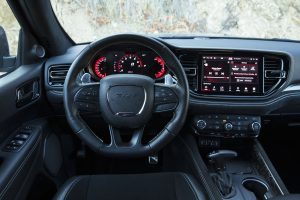
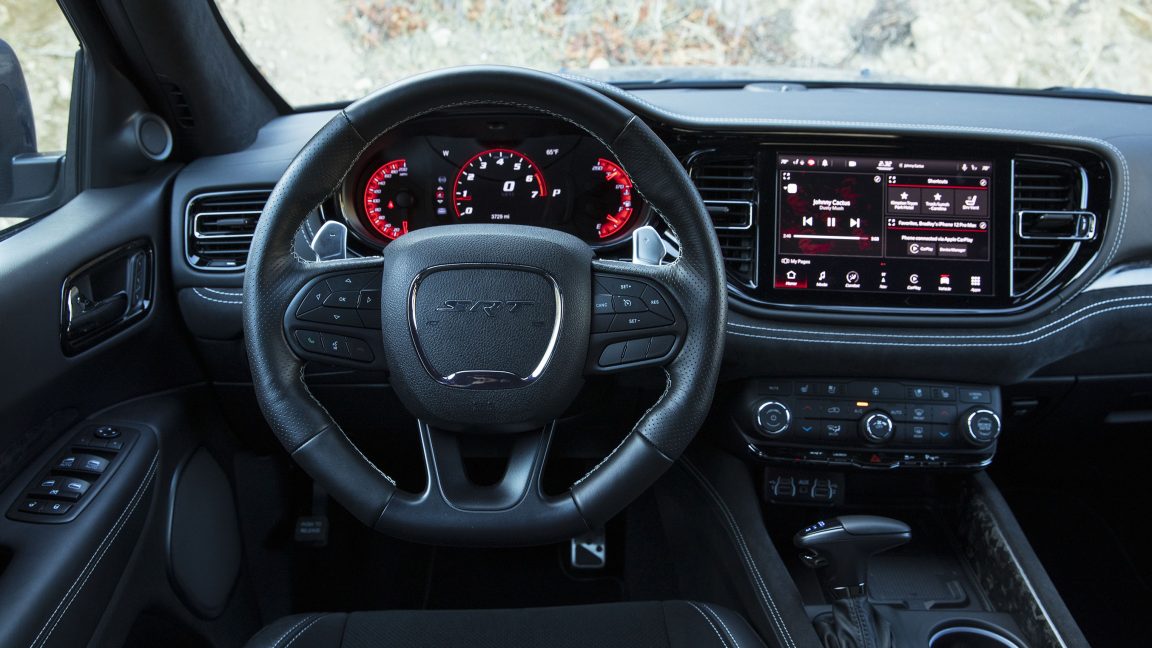
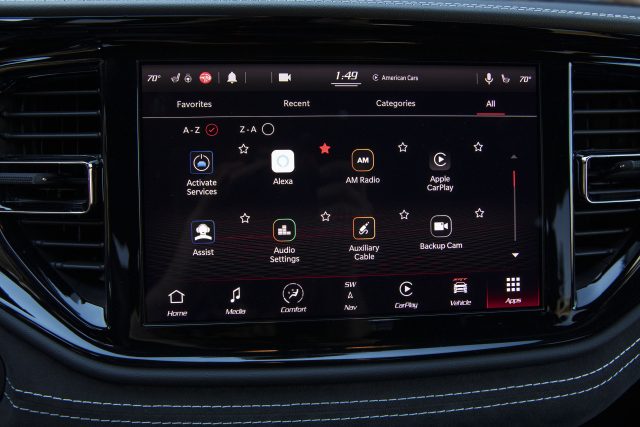
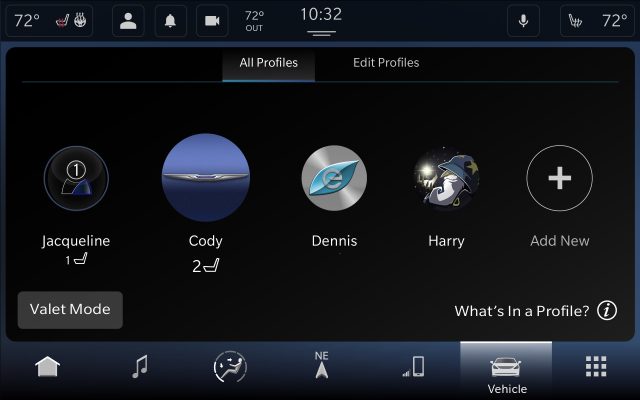
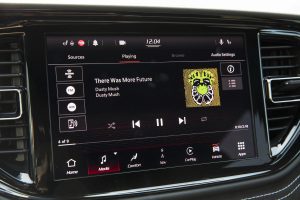
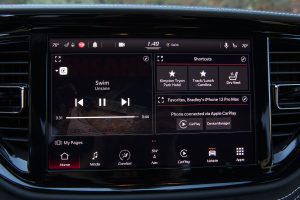
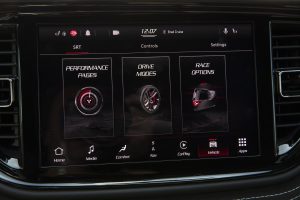
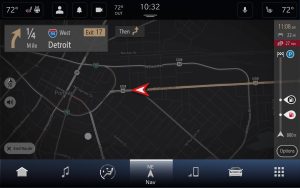
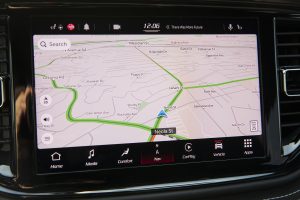
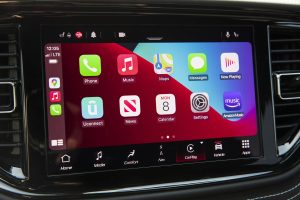
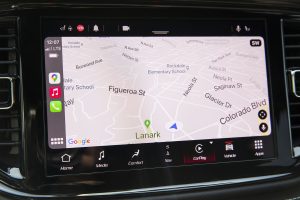
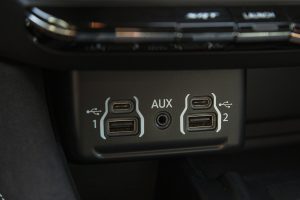
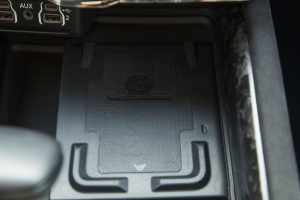
 Loading comments...
Loading comments...
